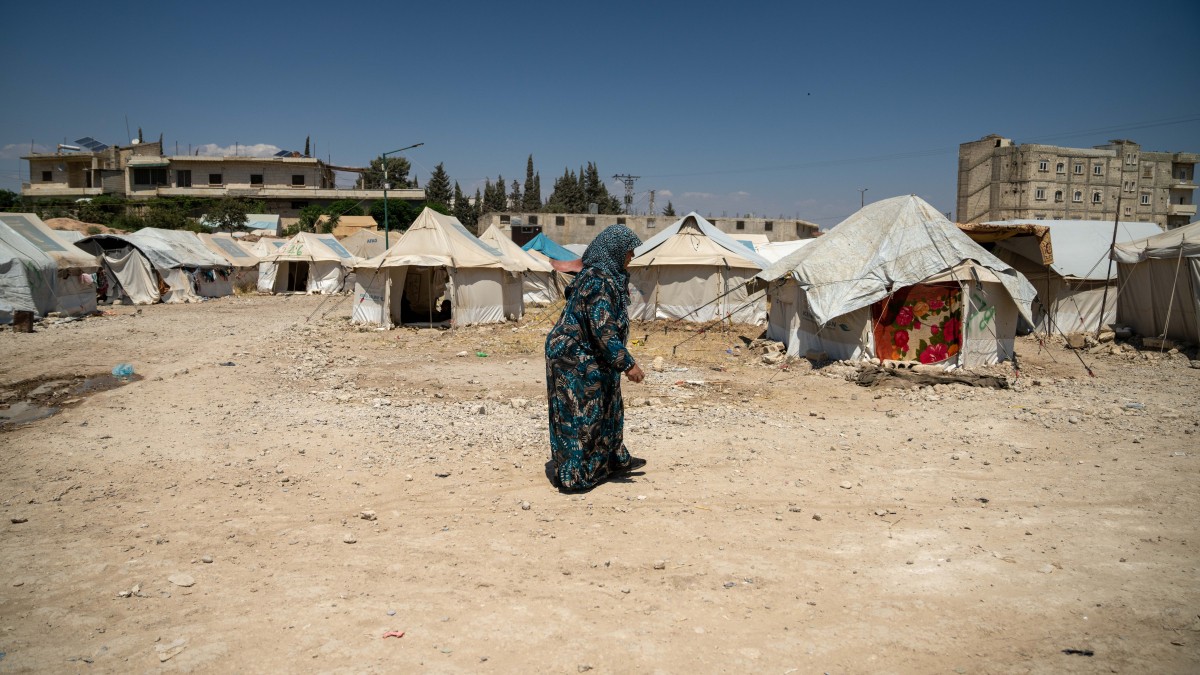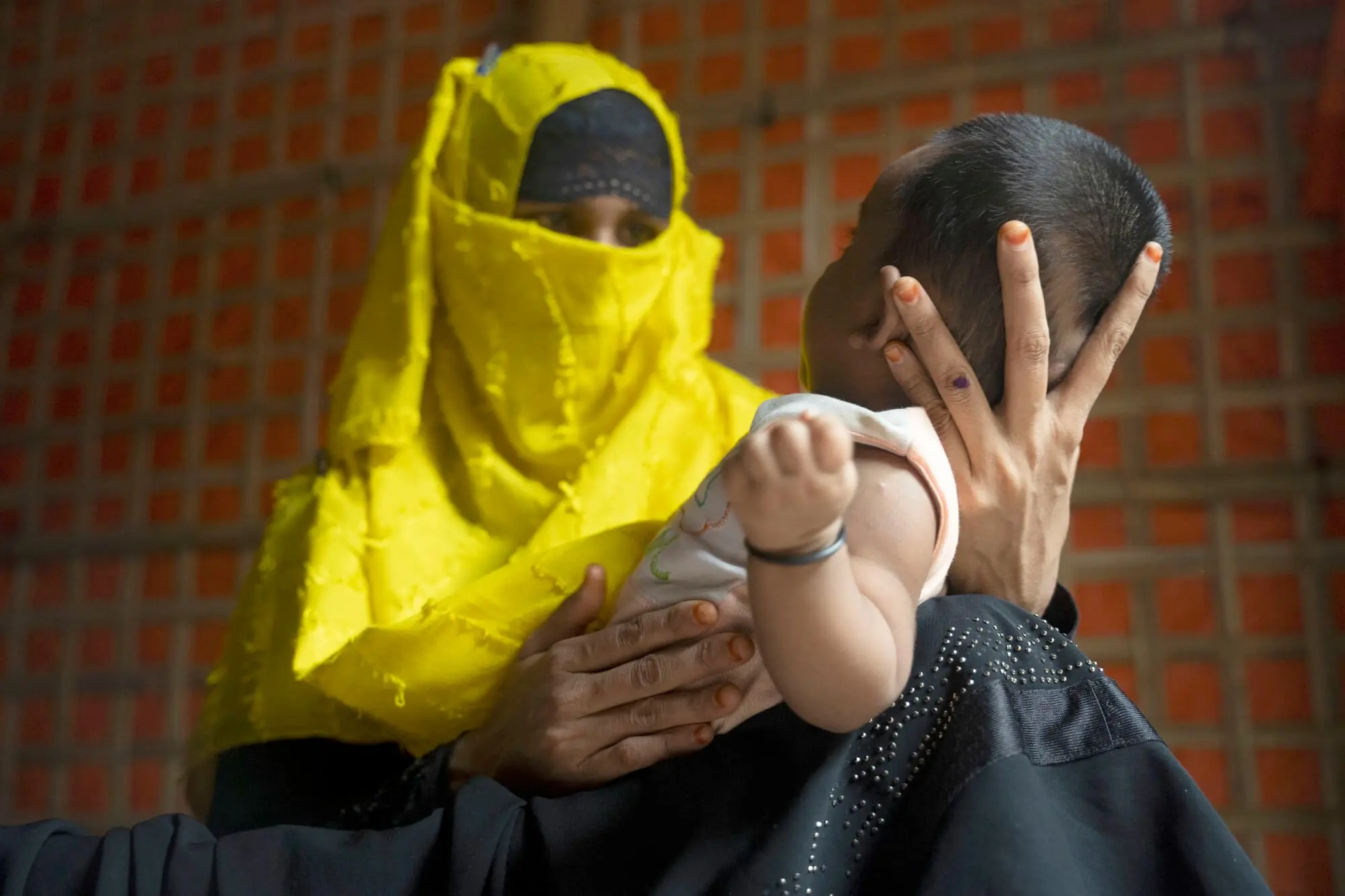
Global Perspective and Rising Numbers
The global refugee crisis has reached unprecedented levels, with over 120 million people displaced as of May 2024, marking the 12th consecutive annual increase[5]. Among these, incidents such as the war in Sudan have contributed significantly, with 10.8 million people displaced by the end of 2023[5]. Additionally, millions have been internally displaced in the Democratic Republic of the Congo (DRC) and Myanmar due to ongoing conflicts[5]. This trend underscores the urgency for governments and international bodies to develop effective strategies to address and manage this escalating crisis.
International Cooperation and Frameworks
Governments and international organizations are collaboratively working under various frameworks to address the refugee crisis. The Comprehensive Refugee Response Framework (CRRF) approved by 193 Member States of the United Nations in 2016 focuses on easing pressure on host countries, expanding access to resettlement, and fostering conditions for voluntary return[1]. This framework provides a structured approach to addressing refugee crises, emphasizing international cooperation and shared responsibility.
In 2023, the Global Refugee Forum (GRF) saw significant engagement, with over $2.2 billion in financial commitments pledged to support refugees and host communities worldwide[4]. This forum emphasized refugee inclusion and meaningful participation, echoing the sentiment that “Nothing about us without us,” promoting the idea that refugees should have a seat at the decision-making table[4].
Regional and National Efforts
Europe and the United Kingdom
The United Kingdom (UK) has a historically significant role in welcoming refugees, but recent legislative changes have presented challenges. The Illegal Migration Act 2023, which bars consideration of asylum applications from individuals arriving irregularly, has been a point of contention[3]. The UK's goal is to implement cooperative arrangements that uphold refugee protection while managing migration responsibly. The UNHCR recommends repealing this act and restoring access to asylum in line with international law[3].
United States
The United States remains the largest single humanitarian donor globally, providing nearly $15 billion in assistance in fiscal year 2023[2]. However, the country's policies have faced criticism for potentially undermining refugee protection. For instance, negotiations to reintroduce border expulsion authority akin to the Title 42 public health order reflect conflicting approaches between domestic policies and international commitments[4].
Africa and the Middle East

In Africa, the challenges are acute. For example, Sudan now accounts for the world's largest displacement crisis, with over 8.8 million displaced people[4]. Similarly, the DRC continues to see high levels of internal and external displacement due to ongoing violence[5]. In the Middle East, Syria remains the largest origin country for refugees, with 13.8 million people forcibly displaced[5]. These regions require sustained international support to manage both immediate humanitarian needs and long-term development goals.
Bangladesh and Southeast Asia

Bangladesh hosts a significant population of Rohingya refugees from Myanmar, living in precarious conditions in Cox’s Bazar[1][7]. International cooperation, involving over 130 local, national, and international organizations, has been crucial in managing this influx and providing essential services[1][7].
Enhancing Policy and Implementation
Asylum and Resettlement
One of the key strategies is refining asylum systems to ensure swift and fair processing. The UNHCR suggests that the UK prioritize reforms to reduce backlogs and improve decision-making quality, enabling better management of asylum claims[3]. This involves triaging cases and implementing differentiated processing to both protect the rights of genuine refugees and manage those not in need of international protection effectively.
Voluntary Returns and Reintegration
The focus on voluntary returns and sustainable reintegration is another critical area. In 2023, over five million internally displaced people and a million refugees returned home[5]. These efforts are indicative of the potential for durable solutions when multilateral support and local reintegration initiatives are aligned.
Financial and Material Support
Ensuring adequate funding for humanitarian operations is imperative. The UNHCR highlighted a projected $8.5 billion funding shortfall, emphasizing the need for increased financial commitments from the international community[2]. Regions like Sudan, where aid activities are significantly underfunded, demonstrate the consequences of financial neglect on humanitarian crises[2].
Addressing Root Causes
The persistent rise in displacement figures points to the necessity of addressing the root causes such as conflicts, human rights violations, and climate change[5]. Governments and international bodies are urged to not only focus on immediate humanitarian responses but also invest in long-term solutions that tackle the underlying issues driving displacement.
Leveraging Technology and Data

Reports such as the World Migration Report 2024 by IOM highlight the importance of evidence-based data and analysis in understanding migration dynamics and formulating informed policies[6]. Technological advancements and detailed migration statistics play a crucial role in demystifying human mobility and aiding effective policy responses.
Climate Change and Migration
Migration in response to climate change and food insecurity is an emerging challenge. The intertwined nature of climate change impacts and migration necessitates targeted interventions that consider local contexts and power dynamics[8]. Policies need to be inclusive, ensuring that migration serves as a viable adaptation strategy while safeguarding the rights and security of migrants.
Conclusion
Governments worldwide are employing multifaceted strategies to address the global refugee crisis, ranging from enhancing asylum procedures and resettlement programs to international cooperation and financial support. While significant challenges remain, ongoing efforts and international commitments provide a framework for addressing both the immediate and long-term needs of displaced populations. Sustainable solutions require continuous adaptation and support, emphasizing the importance of shared responsibility and global solidarity.
Get more accurate answers with Super Pandi, upload files, personalized discovery feed, save searches and contribute to the PandiPedia.
Let's look at alternatives:
- Modify the query.
- Start a new thread.
- Remove sources (if manually added).